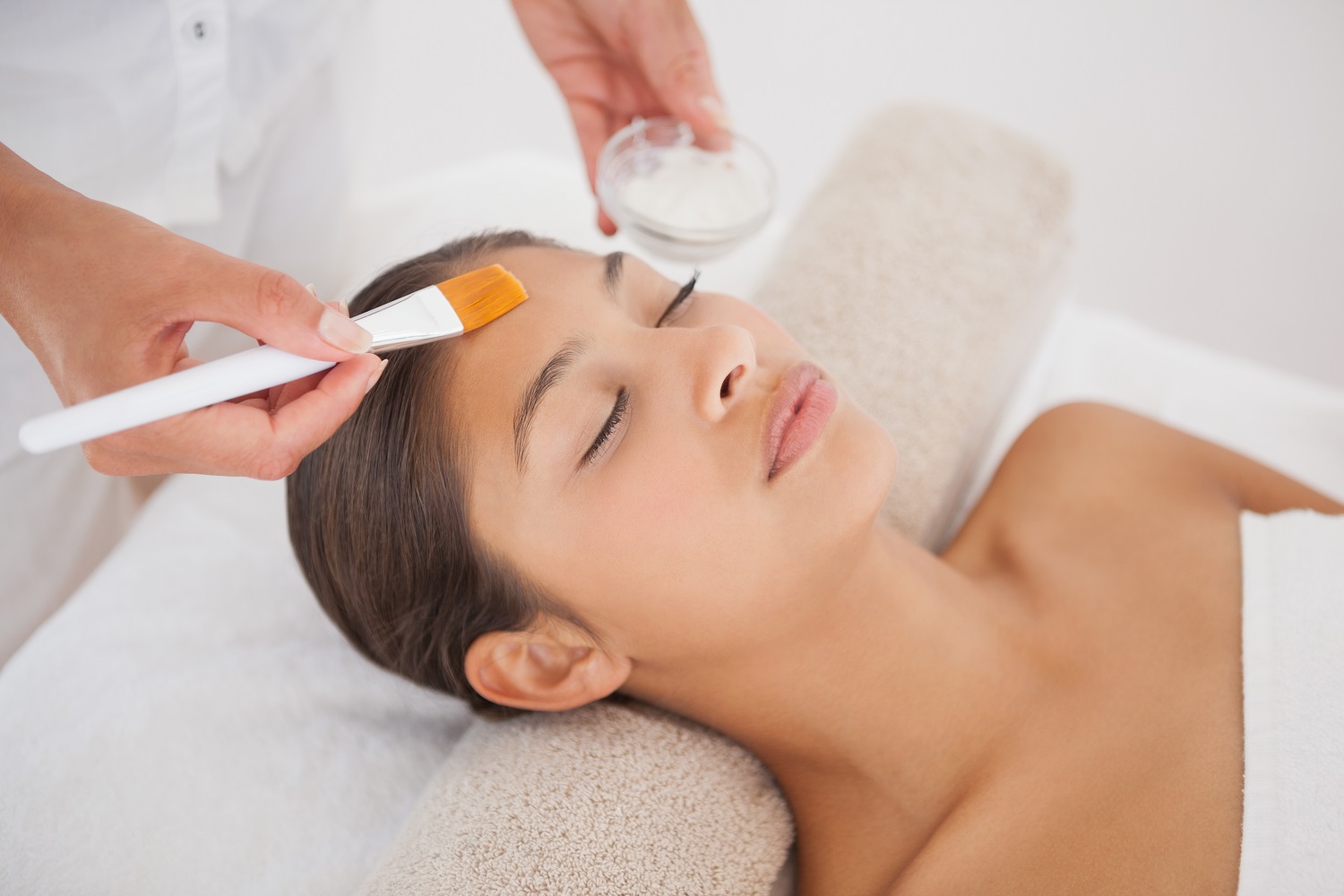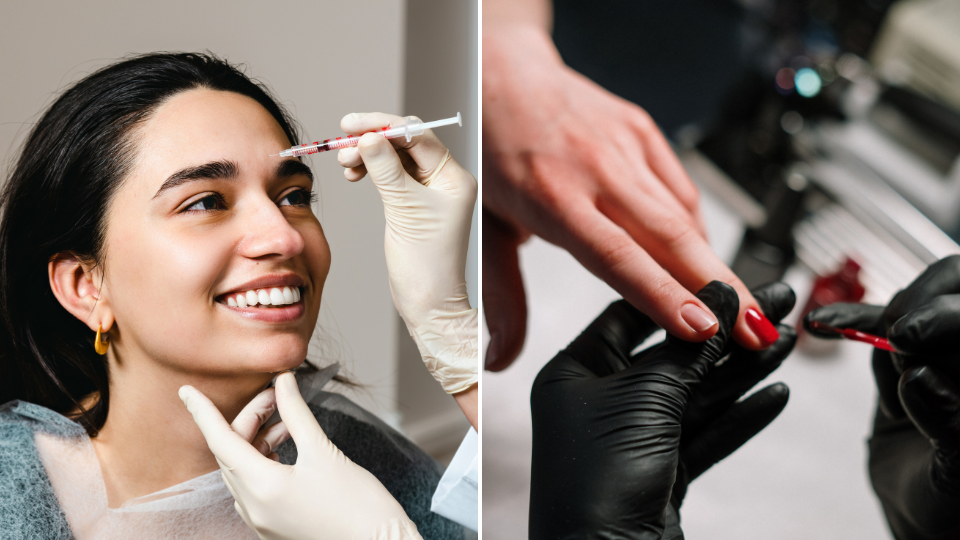Woodlands Explains: Acids
When we hear the word “acid” we may automatically think of harsh chemicals which are dangerous or harmful when touched or ingested. While this is true of certain types of acid, there are also many which are actually used as ingredients in skincare, as they can be hugely beneficial to the skin. Today we’re going to talk you through some of the acids that you are most likely to come into contact with in your skincare products or treatments, and what they actually do for your skin.
Hyaluronic Acid
Unlike other acids, which are used in skincare as exfoliants, hyaluronic acid (also referred to as HA) is in fact extremely gentle and serves to hydrate the skin through its ability to draw in and retain moisture. Found naturally within the skin, HA is crucial in maintaining moisture levels, however, various factors such as ageing, UV exposure and pollution can all deplete our skin’s own supply of HA.
Hydrated skin is smooth, plump and radiant, so HA should be present in most, if not all, skincare regimes. It is most commonly found in products designed to hydrate the skin, such as serums and moisturisers, however thanks to new innovations in skincare, we are now seeing it used more widely in products such as sheet masks, eye creams and even some foundations.
Need a boost of hydration? Try Advanced B5 Hydrating Serum by Dermaquest
Salicylic Acid
Ready for some science? Salicylic acid is a beta hydroxy acid (BHA). BHAs are oil soluble, which means that when they’re used in skincare, they are able to penetrate the skin at a deeper level. Salicylic acid is therefore an especially effective ingredient when treating acne-prone skin as it can penetrate deep into the pores and unclog them. It also exfoliates the skin by breaking down and loosening dead skin cells, preventing them from further clogging the pores and causing blackheads and whiteheads.
Overuse of salicylic acid can irritate and dry out the skin, which means that it’s important to carefully follow the usage instructions on products containing salicylic. Those who suffer with very dry or sensitive skin may be better to avoid it or use it very sparingly; always seek advice from your skin practitioner or dermatologist.
Salicylic is often found in spot treatments and cleansers designed for people with spot-prone skin.
Struggling with clogged pores? Try Dermaquest’s DermaClear Pads and the DermaClear BHA Cleanser.
Glycolic Acid
Glycolic acid is an alpha hydroxy acid (AHA), which means that it is water soluble. Unlike BHAs, which penetrate deeper into the skin, AHAs work more on the outer layers of the skin. Glycolic acid, however, has a low molecular weight, so it is able to penetrate the skin a little more than other AHAs, meaning that it works a little more quickly.
Considered to be the “holy grail” of exfoliation, glycolic acid reacts with the outer layer of the skin cells, dissolving sebum and getting rid of dead cells to reveal radiant new skin underneath. Its exfoliating properties mean that it is effective on pigmentation and fine lines, as well as improving the overall tone and texture of the skin.
Glycolic is suitable for most skin types, although it is recommended to start by using products containing a low percentage in order to allow the skin to “get used” to it. When using any products containing AHA it is important to ensure that you are using SPF as your skin will be more sensitive to UV rays.
Glycolic acid is found in certain cleansers and serums, as well as toning products and even some moisturisers as it has been found to help boost collagen production.
Skin lacking in radiance? Try the Dermaquest Glyco Gel Cleanser or the Retexture Serum.
Lactic Acid
Like glycolic, lactic acid is an AHA, so it is effective in exfoliating the outermost layers of the skin by breaking down the substances that bind skin cells together, allowing dead cells to be sloughed away. It is a larger molecule of AHA than glycolic, so it is unable to penetrate the skin as deeply, instead staying just on the surface layers of the skin. Lactic acid also provides moisture and is the most gentle AHA; this makes it more suitable for sensitive skin types.
Lactic acid was originally derived from milk, which perhaps explains why Cleopatra was rumoured to have taken milk baths to keep her skin soft. It is commonly used as the active ingredient in products designed to treat keratosis pilaris (“chicken skin” bumps on the arms and legs) as it is able to dissolve the plugs of dead skin cells which build up around the hair follicle.
Lactic acid is an excellent solution for those who have sensitive skin but still wish to try a chemical exfoliant. It is present in a number of at-home peel products and brightening masks, as well as certain serums and creams.
Want a radiance boost without the risk of irritation? Try SkinBrite Serum from Dermaquest.
Interested in adding acids to your skincare regime but not sure where to start? Our skin experts can provide advice and guidance on the best products to introduce to your routine. We also offer a number of acid peels and resurfacers which are carried out in clinic and can be a great way to get started with acids.




